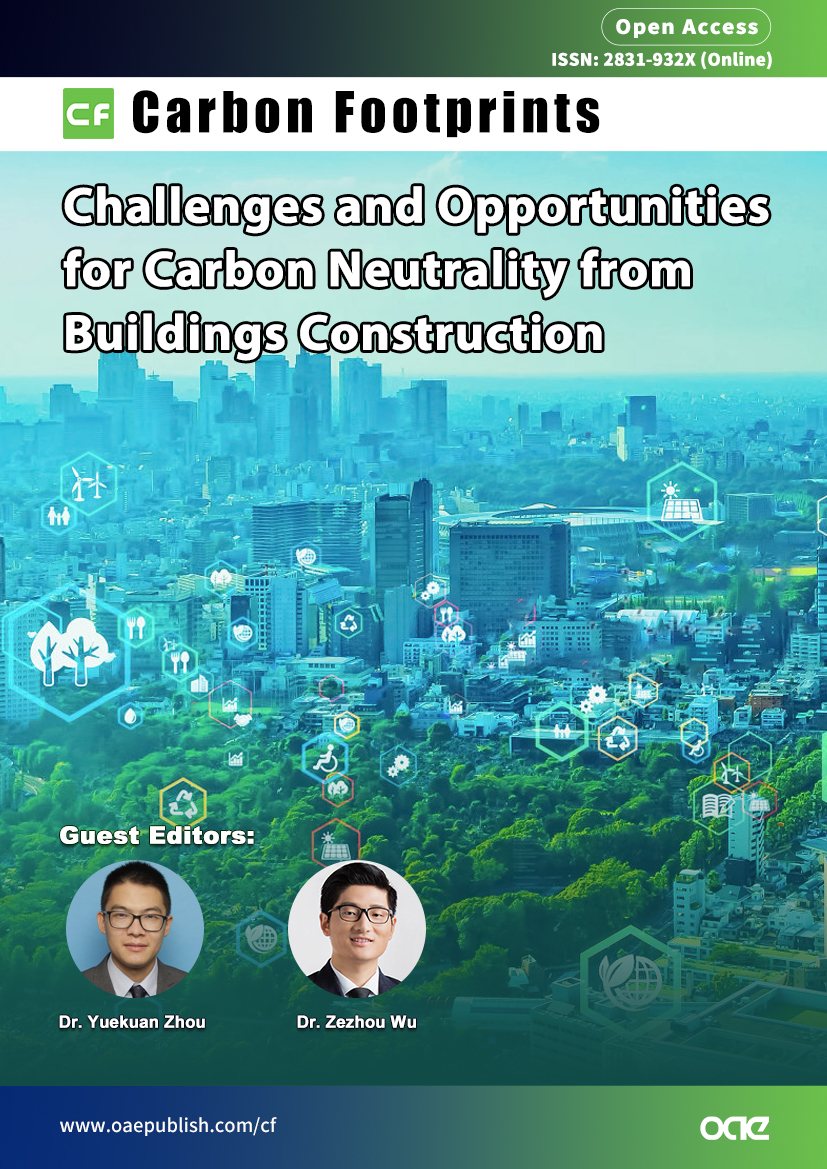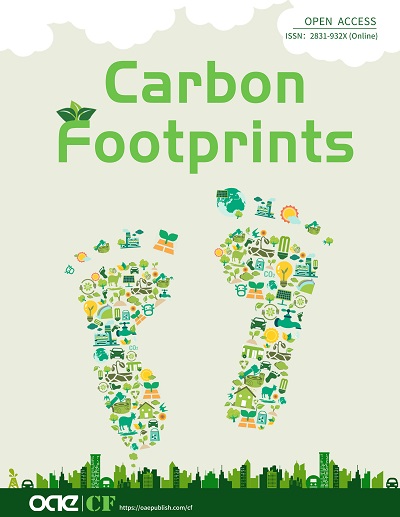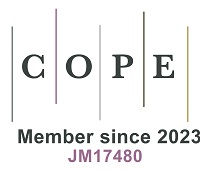
Topic: Challenges and Opportunities for Carbon Neutrality from Buildings Construction
Guest Editor(s)
Special Issue Introduction
Accordingly, this Special Issue will focus on the transition towards zero-carbon buildings, including but not limited to the following:
● Life Cycle Carbon Emissions of Nearly Zero-energy Public Buildings;
● Carbon Emission Control Index of Low-, Nearly Zero-, Zero-Carbon Emissions from the Renovation of Existing Residential Areas;
● Method for Assessing Carbon Emissions based on Building Information Modeling;
● Method for Checking the Carbon Footprint of Public Buildings;
● Carbon Emission Measurement in Building Materialization Stage;
● Policy, Technology, and Evaluation Method of Low-Carbon Buildings and Communities;
● Green Building and Community Development;
● The Value of Electricity Emission Factor for Standardized Calculation of Building Carbon Emission;
● Optimization for Residential Buildings Using Alternative Materials and Designs;
● The Potential of Blockchain in Green Building Construction.
Submission Deadline
Submission Information
For Author Instructions, please refer to https://www.oaepublish.com/cf/author_instructions
For Online Submission, please login at https://oaemesas.com/login?JournalId=cf&SpecialIssueId=CF230215
Contacts: Leah, Assistant Editor, carbonfootprints@oaemesas.com







